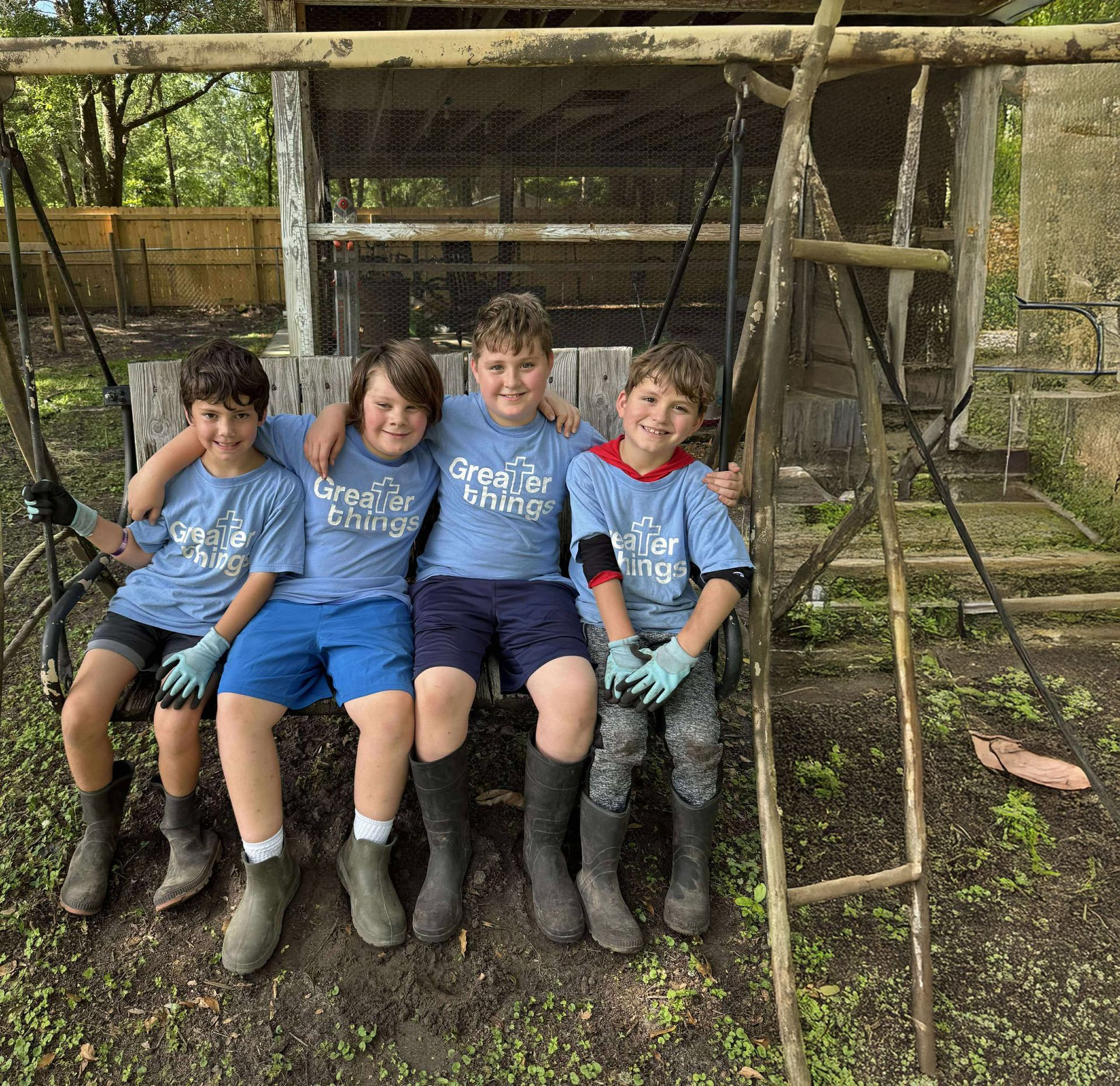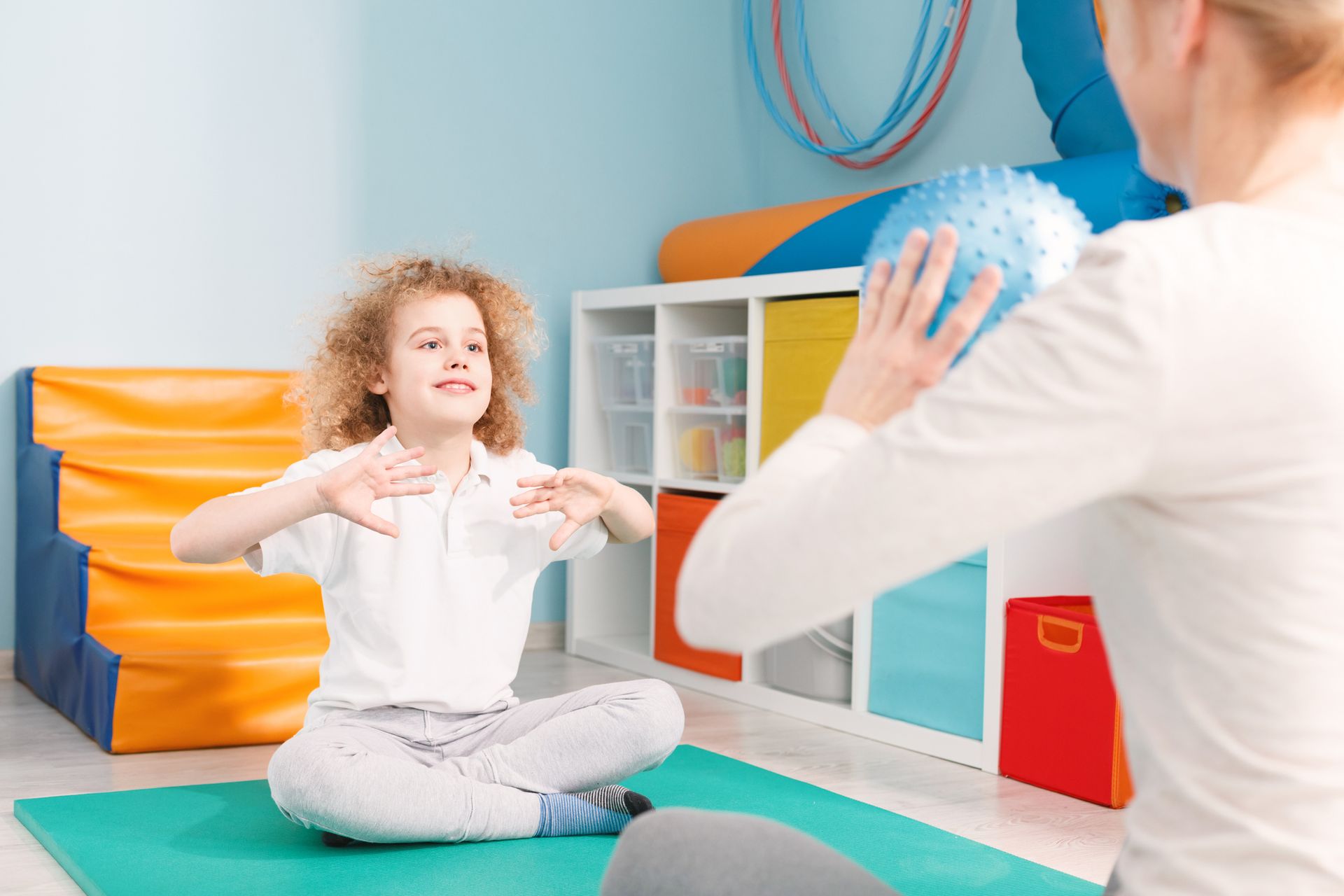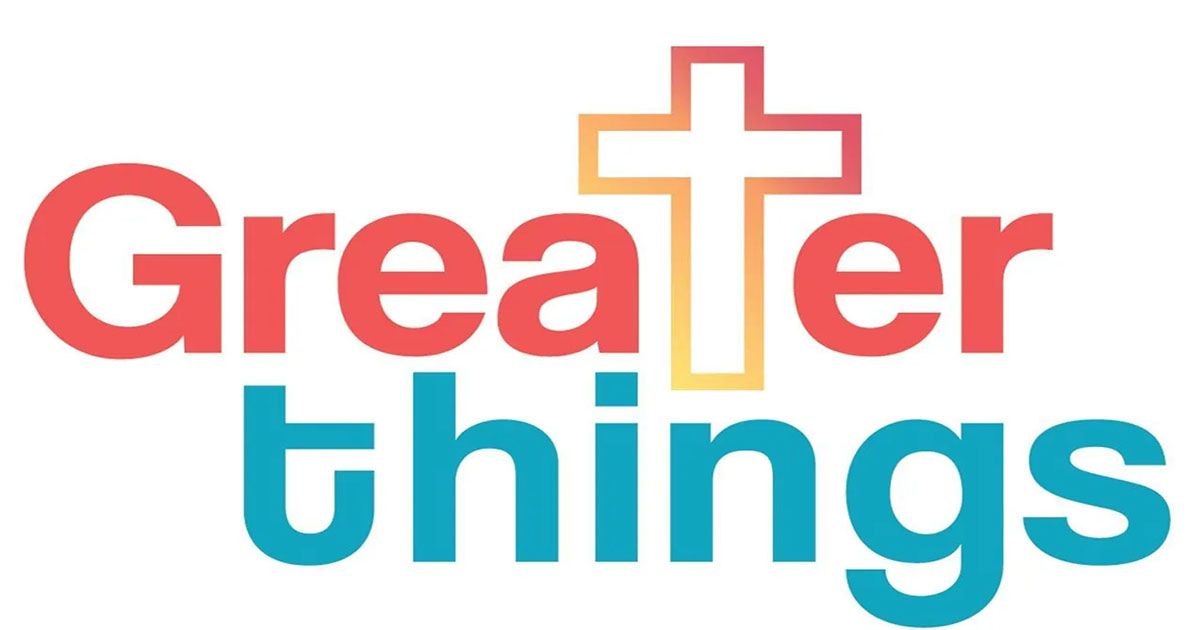
My dad had surgery last week. He lives two hours from me, so I drove over to be with him in the hospital and stayed with him for his post-op. Over the few days I was there, I realized something. Even though I had lessons to plan and meetings to attend at home, at that moment, I knew there was nothing more important than what I was doing right then: sitting there with my dad and mom while we waited and prayed. Everything else took a back seat to what I was doing right then. Jesus models for us how we are to be present in the moment. Jesus was never in a hurry when He walked this earth. He took time to play with the children and heal the sick; I picture Him throwing His holy head back and enjoying a good laugh with His disciples. Oh, how I want to be the kind of person who is present in the moment. I want to slow down and be totally present while it is happening. I am guilty of checking my phone, reading the next novel I will be teaching, or grading papers –all in the name of “multi-tasking.” But, truth is, multi-tasking is not being present in the moment. I must learn this lesson! One of my favorite stories in the New Testament is when a ruler of the Synagogue named, Jairus implored Jesus to come heal his daughter who was dying. Instead of rushing to her side as if time were of essence, Jesus stopped to ask the crowd who had touched Him (He felt power leave His body when a woman who had been bleeding for 12 years believed that if she just touched His cloak she would be healed). While Jesus was focusing on the woman who came forward to say she was the one who had touched Him, someone from the Jairus’s house came and told Jairus that his daughter was dead and not to bother the Teacher anymore. However, after Jesus finished with the moment at hand, He continued on to Jairus’s house and raised his daughter from the dead (Luke 8:42 – 56). This story amazes me on many levels, but I can’t help but think about what I would have done if I were in that situation. If I were the one who was called to help out in the situation, I would have been focused on getting to Jairus’s house as fast as I could, and I would have totally missed the opportunity with the woman who was bleeding. If I were the one who needed the help, I would have been so upset that Jesus was taking His time and that surely He didn’t understand the severity of the situation. But, the truth is, Jesus has perfect timing. He never wastes a thing we go through even if we feel His timing is off. He’s never early and He’s never late. He is always right on time. When are we going to get that? As I sat with my dad in his recovery, I knew that was exactly where I was supposed to be at that moment. My prayer is, LORD, don’t let me miss the moment because I’m focused on something else. Grant me the grace and ability to be present, to be in the moment. I can only do this with Your help. Thank you, LORD. Amen.

Several years ago, I was sitting at a stop light at a busy intersection during a heavy downpour. I looked to my left and there was an older lady standing in the rain waiting to cross the street. She was soaked to the bone. I pulled over, rolled down my window, and handed her one of the many umbrellas I carry in my car. (Side note: I carry a lot of umbrellas in my car because I absolutely can not get my hair wet, as I look like a drowned rat when I get caught in the rain. This is due to my ‘can-stop-a-bird-in-flight’ hair spray that I use! But, I digress….) What the lady did next astounded me. She thanked me, put the unopened umbrella under her arm, crossed the street and kept walking with the umbrella still under her arm! I watched her until she was out of sight. She never opened the umbrella! At dinner that night, I shared my story with my husband. He is an analytical thinker ( I am not ) and he said, “Why would she open it? She was already soaked. She couldn’t get more wet, so the umbrella would not have helped her at that point.” Hmmmm. Years later, researchers are still asking the question: How do people think and process information? More importantly for me, a leader of a homeschool hybrid, my question is, how do children think and process information? Brain researchers tell us that information is processed in three different ways: linguistic (hear it), visual (see it), and kinesthetic (do it). I am a 100% visual learner. So much so that if someone is reading to me, and I do not have the text in front of me to follow along, I miss about half the information read. My husband (and both our sons) is 100% auditory. He can listen to a speaker, take no notes, and retain everything that was said. My 35-year-plus history in education proves that a high majority of our education is visual and auditory in nature. So, what happens to our kinesthetic learners? How successful are they in a world that is largely visual and auditory? Let’s talk about those learners/thinkers for a moment. There are myriads of kinesthetic learners out there, but researchers suggest that everyone , no matter their learning style, enjoys learning/processing information by using their hands to guide their minds. Kinesthetic learning is hands-on learning and every single child can learn this way. It is engaging, interesting, fun, and has proven to be what children most remember about school. Think for a moment how most of our classrooms are mostly set up in education, whether private or public: students are asked to sit in their seats, all arranged in rows, and listen to a ‘stand and deliver’ lecture about the information that students are required to learn. After the students have memorized the information, they are expected to regurgitate it on a test that is graded and is supposed to prove how smart they are. We certainly don’t expect this type of learning in other aspects of life. To obtain a driver’s license, a person has to drive to prove they know what they are doing. To obtain a cosmetology license, the person actually has to spend hours cutting hair, doing nails, etc. Can you imagine if you sat down in a hairdresser’s chair and she said she learned how to cut hair from a book and from listening to others talk about it, and now she was going to pick up the scissors and take a whack at your hair (pun intended)? Children will struggle in life if all they have is visual and auditory instruction. The argument against kinesthetic learning in the classroom is that it “takes too much time.” It is “easier to keep 30 kids quiet” when you expect them to sit in their seats and do the assigned work (by the way, there is a huge difference between teaching and assigning !). Most teachers in classrooms are told to “get through the content of the lesson” and that is always done by ‘turning and page and keeping up.’ Greater Things Learning Center wants to help all students succeed, but we want to reach out to those especially who need a hands-on way of learning. We want to be their biggest advocate, along with their families, in the classroom. I would love to hear from you! We can share a pot of coffee and talk about whatever is on your mind. Reach out to me at 724-689-9929 . God bless you and your family.

Leadership can be a monumental task, a scary endeavor, or just plain fun. As an educator for 35+ years, I have led a plethora of people, and I can honestly say it’s analogous to a swinging pendulum: some days are easy, and some days are just plain hard. I read like a wolf eats (voraciously, hungrily, constantly), and I find myself reading leadership books like trick or treaters eat their Halloween candy (all at once!). Just Lead! by Sherry Surratt and Jenni Catron; The Ideal Team Player by Patrick Lencioni; Leaders Don’t Make Excuses by Green Leaf Leadership; and Culture Matters by Jenni Catron are just a few of what I’ve read this past month (actually, I have read every book Catron wrote. She’s my leadership hero). Catron (2025) posits, “[An] adaptive leader goes out of his or her way to discover new strategies that can work” (p. 217). Are there new strategies in leadership? That depends on whom you ask. King Solomon said that there was nothing new under the sun (Ecclesiastes 1:9b). However, with the new rising generation in leadership, I agree with Catron wholeheartedly. There are new strategies to leadership, and—more importantly—a leader must discover and change with the times in order to lead his or her people well. Take this recent scenario: A high school graduate took a summer job at a school that I ran in PA. Her job description was to engage with the elementary kids in games and different activities. She was wonderful with the kids. She stayed engaged and laughed a lot with them. However, she absolutely had to have her phone in her back pocket. As a much older woman who did not grow up with cell phones, I told her it was a requirement to leave her phone in her bag. She found that was something she could not do. Since she engaged well with the kids, and they loved her, the phone issue was not a hill that I was willing to die on, so I “adapted” and said she could keep it in her pocket and take breaks to check on her texts. It was a strategy that worked for both of us. To grow with my employees, I, as their leader, need to be constantly learning. The Millennials (born between 1981 – 1996) and Gen Z (born between 1997 and 2012) have grown up with different work scenarios, rules, observations, and expectations. I am not advocating for throwing out all the “tried and true” leadership strategies (as a founder of several past and present organizations, I do have values and beliefs that are uncompromisable); however, I am saying that learning to pivot and to be flexible is paramount in learning new leadership strategies. I guess you can teach an old dog new tricks.
Contact us at (724) 689-9929 and take the first step towards personalized learning.









